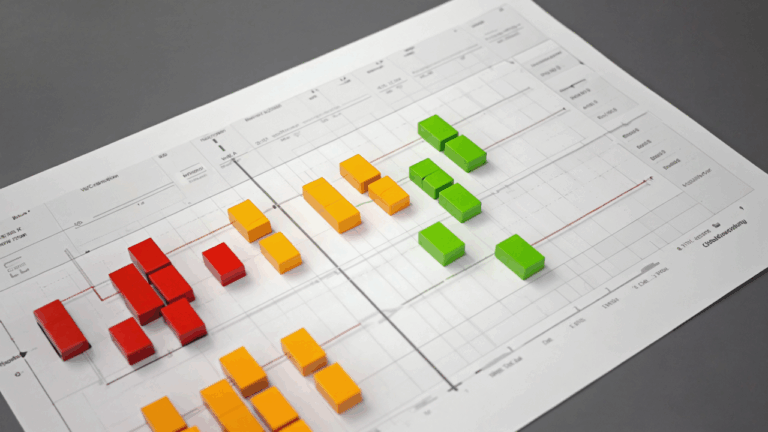
Visual RAG PDFs
Introduction
In today's data-driven world, the ability to effectively manage and interpret data is paramount. One innovative approach to enhancing data accessibility is through the use of Visual RAG PDFs. These documents leverage the power of visual aids and structured data representation to streamline complex information, making it more digestible and actionable. With the rise of data-centric industries, the importance of tools like Visual RAG PDFs cannot be underestimated, as they offer a unique solution to the challenges posed by large datasets and complex algorithms.

Key Points and Analysis
Visual RAG PDFs are designed to simplify the presentation of data through a combination of visual elements and organized text. Unlike traditional PDFs, which may present data in a linear and dense format, Visual RAG PDFs break down information into more manageable parts. This approach is akin to performing an in-order traversal of a binary tree in computer science, where each node is visited systematically to create a doubly linked list.
The analogy with binary trees is particularly insightful. Just as the in-order traversal method allows for an efficient representation of a tree's nodes in a linear format, Visual RAG PDFs enable users to navigate complex datasets with ease. By modifying the "left" and "right" pointers (or in this case, visual and textual cues), users can intuitively link related pieces of information, akin to creating a doubly linked list from a binary tree. This method ensures that data is presented in a comprehensive yet accessible manner, reducing cognitive load and enhancing user experience.
Industry Impact and Applications
The adoption of Visual RAG PDFs can have a profound impact across various industries. In finance, for example, institutions like Deutsche Bank can utilize these documents to present financial models and analyses in a format that's both visually appealing and easy to comprehend. This is particularly beneficial when dealing with complex datasets that require an in-depth understanding, such as risk assessments or investment portfolios.
In the field of software development, Visual RAG PDFs can be used to document coding algorithms and software architectures. By providing a clear visual representation of code structures, developers can better understand and optimize algorithms, such as those involving linked lists or tree traversals. This is exemplified by the helper function discussed in the reference material, which efficiently transforms a binary tree into a doubly linked list while maintaining optimal time and space complexities.
Future Implications
As technology evolves, the demand for tools that can effectively translate complex data into actionable insights will only increase. Visual RAG PDFs offer a glimpse into the future of data representation, where clarity and accessibility are prioritized. The integration of interactive elements and real-time data updates could further enhance their utility, transforming static documents into dynamic resources.
Moreover, the principles underlying Visual RAG PDFs can inspire the development of new data visualization tools and techniques. By drawing on concepts from computer science, such as linked lists and tree traversals, developers can create innovative solutions that address the growing need for efficient data management.

Conclusion
Visual RAG PDFs represent a significant advancement in the way we interact with and interpret data. By combining visual elements with structured data representation, these documents offer a powerful tool for simplifying complex information. Their potential applications span across numerous industries, from finance to software development, highlighting their versatility and impact. As we continue to navigate an increasingly data-rich world, tools like Visual RAG PDFs will play a crucial role in ensuring that information remains accessible and actionable.




